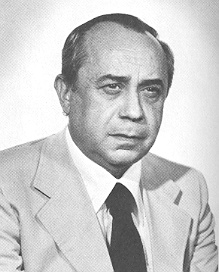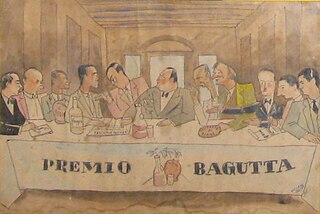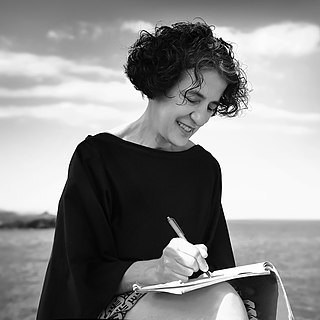
Leonardo Sciascia was an Italian writer, novelist, essayist, playwright, and politician. Some of his works have been made into films, including Porte Aperte, Cadaveri Eccellenti, Todo Modo and Il giorno della civetta. He is one of the greatest literary figures in the European literature of the 20th century.

Giovanni Carmelo Verga di Fontanabianca was an Italian realist (verista) writer, best known for his depictions of life in his native Sicily, especially the short story and later play Cavalleria rusticana and the novel I Malavoglia.

Gesualdo Bufalino, was an Italian writer.

InspectorSalvo Montalbano is a fictional police chief who is a brilliant detective created by Italian writer Andrea Camilleri in a series of novels and short stories. The books were written in a mixture of Italian, strict Sicilian, and Sicilian Italian.

The Strega Prize is the most important Italian literary award. It has been awarded annually since 1947 for the best work of prose fiction written in the Italian language by an author of any nationality and first published between 1 March of the previous year and 28/29 February.

The Bagutta Prize is an Italian literary prize that is awarded annually to Italian writers. The prize originated among patrons of Milan's Bagutta Ristorante. The writer Riccardo Bacchelli discovered the restaurant and soon he regularly gathered numerous friends who would dine there together and discuss books. They began charging fines to the person who arrived last to an appointed meal, or who failed to appear.

Alessandro Barbero is an Italian historian, novelist and essayist.

Marco Betta is an Italian composer.

The kidnapping and murder of Aldo Moro, also referred to in Italy as the Moro case, was a seminal event in Italian political history. On the morning of 16 March 1978, the day on which a new cabinet led by Giulio Andreotti was to have undergone a confidence vote in the Italian Parliament, the car of Aldo Moro, former prime minister and then president of the Christian Democracy party, was assaulted by a group of far-left terrorists known as the Red Brigades in via Fani in Rome. Firing automatic weapons, the terrorists killed Moro's bodyguards — two Carabinieri in Moro's car and three policemen in the following car — and kidnapped him. The events remain a national trauma. Ezio Mauro of La Repubblica described the events as Italy's 9/11. While Italy was not the sole European country to experience extremist terrorism, which also occurred in France, Germany, Ireland, and Spain, the murder of Moro was the apogee of Italy's Years of Lead.

The Inspector Montalbano television series are Italian police procedural stories. Based on Andrea Camilleri's detective novels, they are located in the imaginary town of Vigàta, Sicily, which is based on Camilleri's native Porto Empedocle. The series star Salvo Montalbano is the police chief, or commissario.

Marco Malvaldi is an Italian crime writer.
Giuseppe Casarrubea was an Italian historian and author.

Salvatore Satta was an Italian jurist and writer. He is famous for the novel The Day of Judgment (1975), and for several important studies on civil law.
Maria Messina was an Italian writer.
Salvatore Lupo is an Italian historian and author from Siena, specializing in the Sicilian Mafia.
Maria Rosa Cutrufelli is an Italian writer and journalist.
The Antica Dolceria Bonajuto is a chocolate factory founded in Modica in 1880, known to be the oldest in Sicily and one of the oldest in Italy and for having been frequented by illustrious people of international fame.

Giovanna Giordano is an Italian writer and journalist. She has three award-winning and critically acclaimed novels published to date: Trentaseimila giorni, Un volo magico and Il Mistero di Lithian. Her first novel Cina cara io ti canto, unpublished, was a finalist for the fifth annual Premio Calvino, recommended by Gesualdo Bufalino.
Fiorenzo Toso was an Italian academic, linguist, and dialectologist.













